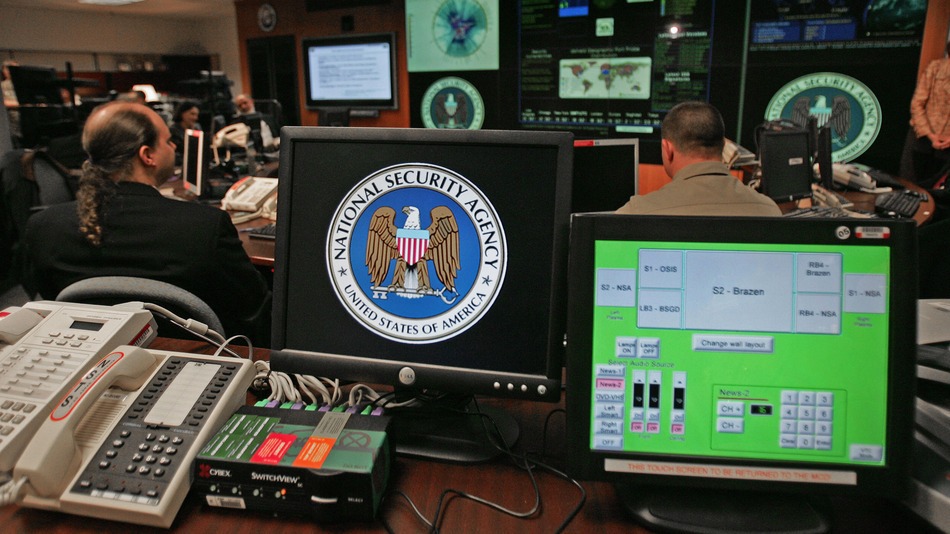NSA undertaking a major 21st century reorganization to better deal with emerging digital threats
02/10/2016 / By usafeaturesmedia

(Cyberwar.news) The National Security Agency, the world’s largest electronic spy agency, has begun a major reorganization that will see a merging of offensive and defensive capabilities with the goal of creating a more adept, agile force to deal with emerging digital threats, The Washington Post reports.
Current and former officials who spoke to the paper said plans included the creation of a Director of Operations that will combine the operational elements of the Signals Intelligence and Information Assurance directorates – “the organizations that have historically spied on foreign targets and defended classified networks against spying, respectively,” the Post reported.
“This traditional approach we have where we created these two cylinders of excellence and then built walls of granite between them really is not the way for us to do business,” said NSA Director Adm. Mike Rogers, in what appears to be a reference to the reorganization, which is called NSA21, that some say will be publicly disclosed this week.
“We’ve got to be flat. We’ve got to be agile,” he said in comments last month to the Atlantic Council.
Some in Congress who have been briefed on the changes say they are the right thing to do and are coming at the right time, the Post noted.
But some within NSA itself are concerned that the changes could actually undermine efforts to shore up cybersecurity. The Post reported further:
Some advocates for the comparatively small Information Assurance Directorate, which has about 3,000 people, fear that its ability to work with industry on cybersecurity issues will be undermined if it is viewed as part of the much larger “sigint” collection arm, which has about eight times as many personnel. The latter spies on overseas targets by hacking into computer networks, collecting satellite signals and capturing radio waves.
Rogers began the reorganization effort about a year ago, giving a team of employees from across the agency the task of devising ways the agency could better adapt to perceived future and emerging threats.
Former NSA officials who spoke with the Post said the primary challenge is going to be getting the two directorates, which have deep cultural ties to their respective missions, to merge and cooperate.
“I think that’s going to be a hard trick to pull off,” one former official told the paper.
See also:
Cyberwar.news is part of the USA Features Media network of sites. For advertising opportunities, click here.
Materials reuse policy: Click here
Tagged Under: cybersecurity, NSA


















